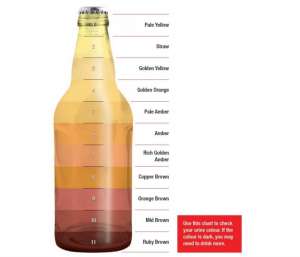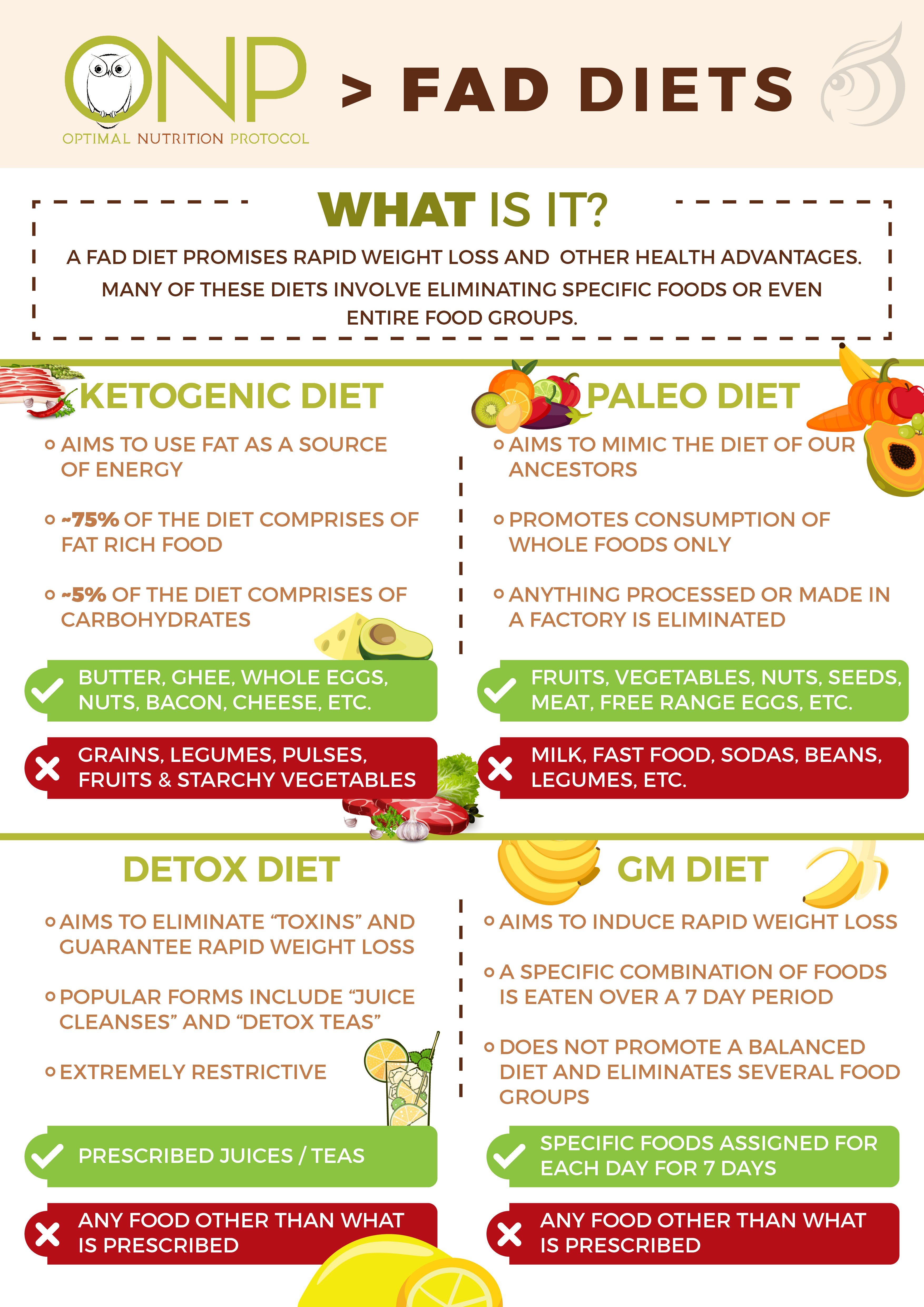Over the past few years, it is evident that fitness has become popular. People are consciously trying to change their eating habits and adopt a better lifestyle. However, only a small population is actually aware of what they are eating. Most of us assume that exercising is the easiest way to shed some weight and become ‘healthy’. (Why weight loss is not necessarily healthy, is a story for another day). While exercising certainly has its benefits, majority of us do not know what is on our plate. Diet and exercise are interrelated.
We’ve grouped foods into ‘good’ and ‘bad’ or ‘healthy’ and ‘unhealthy’ without knowing its function or how it would affect us. We eliminate food groups for the sake of weight loss and aesthetic goals. We are willing to take shortcuts even if it means compromising health.
The purpose of this article is to educate and bust some myths surrounding the essential nutrients we need to function. Some may surprise you, so sit tight!
The Macronutrients:
Macronutrients are nutrients that are required in large amounts by the body. These nutrients perform several essential functions from providing energy to regulating hormones. The macronutrients along with their roles are described below:
Carbohydrates: Carbohydrates are a food group whose main function is to provide energy to the body. They are broken down into glucose, which is then utilised to perform several functions by the body. Carbohydrates are commonly classified into simple and complex carbohydrates.
Simple carbohydrates: These are quickly absorbed into the bloodstream and thus provide a rapid source of energy. For example, fruit juices, refined sugar and candies are some sources of simple carbohydrates.
Complex carbohydrates: These are slowly released into the bloodstream and keep you full for longer. Whole grains, vegetables, beans, fruits and pulses are some examples.
It isn’t uncommon for someone to cut out carbohydrates from their diet when they’re trying to shed some weight. For every gram of carbohydrate consumed, the body holds onto three grams of water. So, the initial weight loss seen when carbohydrates are eliminated is actually just loss of water! There exists a belief that carbohydrate rich food hinder a person’s weight loss, while protein and fat rich food keep one satiated. However, contrary to this, it was found that in obese and overweight individuals, high carbohydrate diets were perceived to be more satiating than high fat diets. In fact, hedonic appeal (pleasure) for high fat foods were suppressed compared to high carbohydrate foods. It was also found that participants consumed close to 990 calories more on an average on the high fat diet (1). This means, that switching to high carbohydrate diets may actually help in regulating appetite in the short term.
Protein: We would have studied back in school, that proteins are the building blocks of the body. This is absolutely correct! Protein is a constituent of everything from our hair and nails to hormones and muscles. The building blocks that make up protein are called amino acids. Of these amino acids, there is a group called essential amino acids, which our body cannot make. Hence, it needs to be obtained from the diet. Complete proteins (containing all 9 essential amino acids) include meat, poultry, dairy, soy and quinoa. Incomplete proteins (do not contain all essential amino acids) include mostly plant based sources such as pulses and beans. Hence, for a plant based eater, a combination of a vegetarian protein source and a dairy source might help completing the amino acid profile.
A healthy human being needs about 0.8-1g/kg body weight of protein every day. But, do we Indians really consume enough protein? Before anyone gets defensive and talks about how an Indian diet is balanced and the most ‘healthy’, let me point you toward some evidence that isn’t anecdotal. In 2015, the Indian Market Research Bureau (IMRB) conducted a survey (2) to determine protein consumption of adults in the country. They recruited 1260 participants from over 7 cities. They concluded that close to 9 out of 10 Indians consume a protein deficient diet. In fact, 91% of the vegetarians and 85% of non vegetarians were consuming an insufficient amount of protein.
But is consuming high amounts of protein harmful? No, not at all. A recent meta-analysis has concluded that consuming a high protein diet (≥1.5g/kg body weight) did not adversely affect kidney function in healthy adults (3). Similarly, in a year long study in healthy resistance trained males, it was found that a high protein diet (>3g/kg body weight) did not have harmful effects (4). However, those with preexisting renal conditions need to be cautious with their protein intake.
Fat: Fat is an extremely important macronutrient which we often neglect or fear. However, fat also acts as a source of energy and helps in absorption of fat soluble vitamins. Fat rich food are sources of essential fatty acids (those which your body cannot make). These fatty acids are classified as omega-3 and omega-6. While we do get a good amount of omega-6, we often forget the importance of omega-3 fatty acids. Omega-3 fatty acids help in maintaining heart health and brain function. Further, there needs to be a certain balance between the two fatty acids. While we get omega-6 sources very easily from cooking oils like sunflower or corn oil, our consumption of omega-3 sources are fairly low. Inclusion of fatty fish like salmon, flax seeds, chia seeds and walnuts help in reversing this.
But does eating fat make you gain weight? Nope. If you control for your overall daily requirement of food, consuming fat rich food will not hinder your weight loss. So eat your eggs with the yolk! But wait. Does eating whole eggs increase cholesterol? It depends. There are hypo and hyper responders to cholesterol. For the majority of the healthy population, consuming eggs only shows a mild alterations in plasma cholesterol, or in fact none at all! (5). If you are a hyper responder and you have poor dietary habits to begin with, then you must be a little cautious. This excellent summary of egg consumption and cholesterol will give you better insight (6).
The Micros:
Micronutrients, like the name suggests are nutrients that are needed in fairly smaller amounts in comparison to macronutrients. Despite this, they play several important roles. Micronutrients are vitamins and minerals found in a wide variety of food items from fruits and vegetables to whole grains and seeds. We often tend to turn a blind eye towards inclusion of micronutrients in our diet, without knowing their importance.
For example, Vitamin D, a fat soluble vitamin plays an extremely important role in absorption of calcium and bone health. Vitamin D deficiency is prevalent throughout the country, with 70-100% in the general population (7). Cheese, egg yolks and fortified dairy products are some food sources of vitamin D. However, milk and dairy products in India are rarely fortified with vitamin D. In addition to this, calcium intake is also far below the recommended intake (7). While sunlight is also a good source of vitamin D, it is not solely the solution for reversing the deficiency. Hence, supplementing vitamin D should not be viewed as a taboo. Do consult your nutritionist or doctor for more details.
Despite supplements being easily accessible, a food first approach must be employed. If you are deficient in a certain vitamin or mineral, then yes you will need to bring your levels back to normal. But to prevent deficiency, ensure you include a wide variety of fruits and vegetables in your diet. In addition to this, also add whole grains, legumes, nuts and lean protein into your diet. The more diverse your diet is, the more micronutrients you get!
Water: One more addition to the ‘neglected’ basket is water. Why do we need water? Water makes up about 60% of your body. Water is essential for almost all functions from transporting nutrients (blood is also composed of water) to excretion! With India’s temperature soaring most of the time, the chances of dehydration are highly likely.
How do you identify if you are dehydrated (or need more water)? Physically, one can rely on thirst as a cue to drink water. Dry mouth, dizziness and exhaustion are some symptoms of dehydration. However, your urine colour can be one way to assess your hydration status. The more pale your urine is, the more hydrated you are. Similarly, the darker it is, the less hydrated you are. Ideally, your urine colour should be around 5-6 in the image attached below. However, this isn’t an assessment set in stone as different foods you eat can also influence your urine colour.

Some of these were a shocker to you weren’t they? Every nutrient has a role to play in helping the body function. When we cut out whole food groups for the sake of losing a couple of kilos, we are in some way, compromising our health. A handy tip to remember to ensure that you prioritise health is ‘balanced meals with rainbow colours’. The more colours you add to your plate, the more variety of nutrients you include!
Hope this gave you all an insight into how important it is to know what you eat and how they help you perform your daily activities.
References:
1) Hopkins, M, Gibbons, C, Caudwell, P, Blundell4,JE, Finlayson, G. Differing effects of high-fat or high-carbohydrate meals on food hedonics in overweight and obese individuals. British Journal of Nutrition. 2016;115(10):1875-1884
2) Mahajan, M. Protein consumption in diet of adult Indians : a general consumer survey (PRODIGY). Indian Medical Gazette.2015;149(4):149-150
3) Devries, CM, Sithamparapillai, A, Brimble, KS, Banfield, L, Morton, RW, Phillips, SM. Changes in Kidney Function Do Not Differ between Healthy Adults Consuming Higher compared with Lower- or Normal-Protein Diets: A Systematic Review and Meta-Analysis. The Journal of Nutrition and Disease. 2018; 148(11): 1760-1775.
4) Antonio, J, Ellerbroek, A, Silver T, Vargas, L, Tamayo, A, Buehn, R, Peacock, CA. A High Protein Diet Has No Harmful Effects: A One-Year Crossover Study in Resistance-Trained Males. Journal of Nutrition and Metabolism.2016;1-5
5) Fernandez, ML. Dietary cholesterol provided by eggs and plasma lipoproteins in healthy populations. Current Opinion in Clinical Nutrition and Metabolic care. 2006;9(1):8-12
6) Examine. Will eating eggs increase my cholesterol? Available from:
7) G, R, Gupta, A.Vitamin D Deficiency in India: Prevalence, Casualties and Interventions. Nutrients.2014;6(2):729-775



